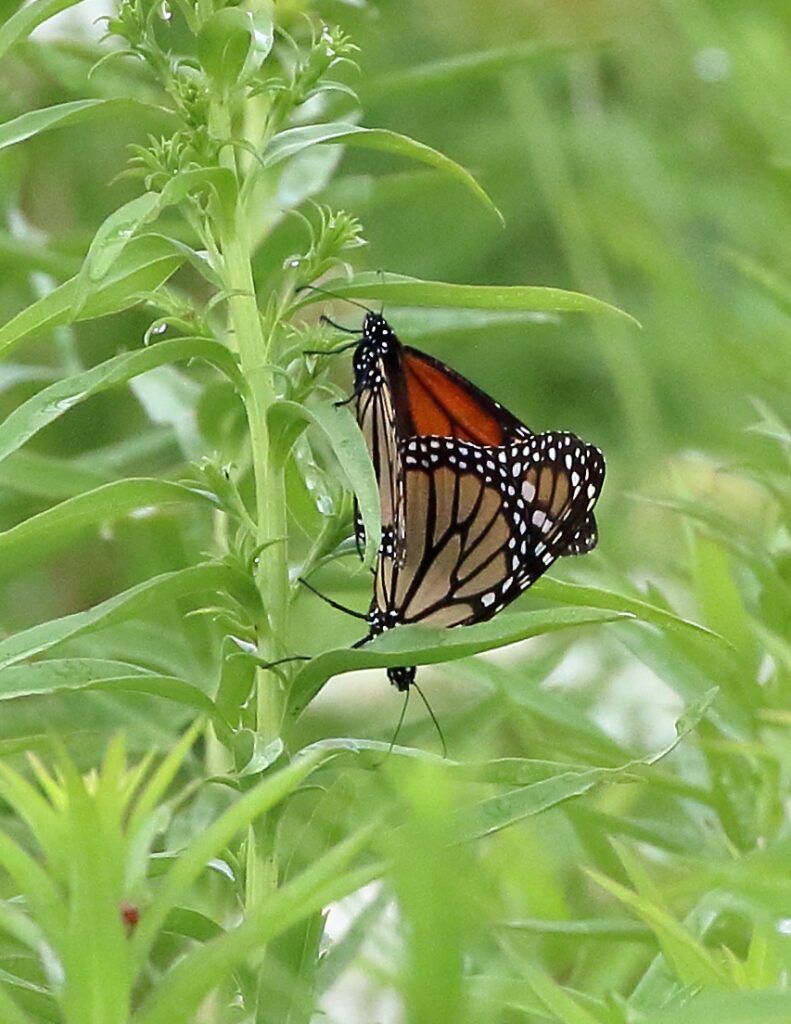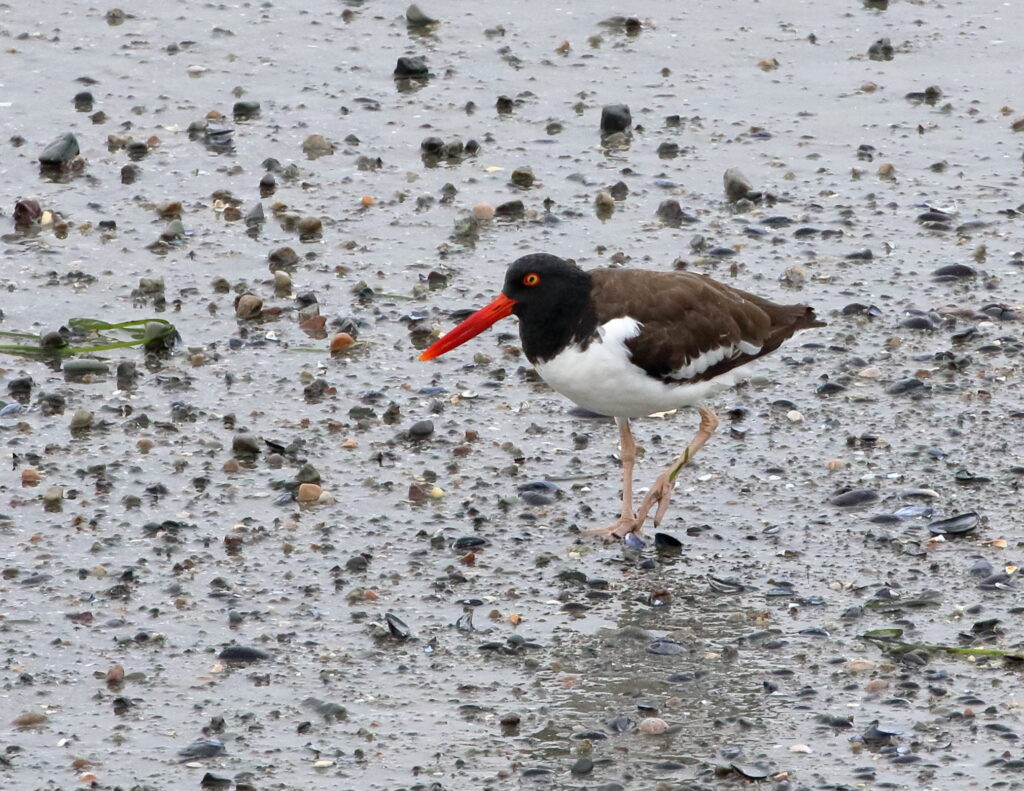As some of you may have surmised, the recent spate of cooler, rainy weather put an end to my “Truck Birding” goal of 100 species, but I don’t hold a grudge. In fact, I have conjured up a new goal to replace it—breaking my all-time ABA Big Year Record of 336 species. More on that later.
In bigger news, I recently took Braden back to Orono, Maine to begin his college career at the University of Maine. As you can imagine, it was an emotional experience, but a good one. Because of COVID, we had not even had a chance to visit the campus so we decided to go a week early to explore the area, get him settled—and of course—bird our butts off. First up? A three-night stay in Boston to catch a Red Sox game (they won 6-0!) and see what kind of birding blessed Beantown.

Our plans were stymied by heavy rain our first morning, so we tested ourselves against the stuffed bird specimens at the Boston Science Museum and managed to pick up Double-crested Cormorant, Herring Gull, and Great Black-backed Gull out the rain-drenched window on the Charles River. Afterward, we walked to Boston Common, hoping to find some great city birds. We were sadly disappointed. The problem? The world-famous downtown park has almost no understory layer—no bushes, hedges, and shrubs to offer cover to songbirds. As a result, Common Grackles, Canada Geese, starlings and other “trash birds” dominate. A progressive city such as Boston should fix this situation right away, don’t you think? With a lot of searching, we did manage to spot two Eastern Phoebes and coax in a couple of Black-capped Chickadees, but ended with only nine species, a dismal showing.
Our next morning also began badly. Thanks to our loyal FatherSonBirding reader, Roger Kohn, we bee-lined to Belle Isle Marsh, and were immediately driven back into the car by bloodthirsty waves of mosquitoes, forcing us to seek out a nearby drugstore for insect repellent. Upon our return, we still lost several pints of blood, but were able to chalk up 27 species. Alas, we missed our main target bird, Saltmarsh Sparrow, and saw nothing else to write home about. Feeling a little blue, we headed to our next destination, Deer Island.

Deer Island is home to a fascinating wastewater treatment plant that serves 43 cities in the Boston area, and its giant egg-shaped sludge digesters have become famous and intriguing landmarks. We decided to embark on a three-mile circumnavigation of the treatment plant, especially hoping to glimpse some pelagic birds in the surrounding waters. We saw none, and not too much else very interesting for most of the walk. We did console ourselves by learning the differences between juvenile Herring and Black-backed Gulls, and Braden found me some Lifer Common Eiders floating offshore, but one of the most interesting things was that some great prairie habitat exists along the trail and we saw mating Monarch Butterflies and individual Black Swallowtails on our hike.

Finally, close to the end of our walk, two terrific birds showed themselves. One is a bird we especially hoped to see: our first ABA American Oystercatcher. We had seen one in the Galapagos in 2017, but never on U.S. shores! As we rounded a bend near a rock jetty, though, we were scanning dozens of Double-crested Cormorants when I caught the distinctive red-and-white flash of an AMOY. Even better, it soon flew over to forage on the pebbly beach below us!

After enjoying the oystercatcher for a full ten minutes, we had just resumed walking when a large dark bird flashed by like an F-18. “Peregrine Falcon!” Braden shouted. We couldn’t believe it. We had hoped to see one there, but didn’t think it was possible. It provided a great testament to the value of conservation efforts and why we need to keep protecting nature. It also happened to be great timing to head to Belle Isle Seafood for lunch!
Our Deer Island checklist: https://ebird.org/checklist/S93492991
Up Next: Birding the New England Coast.
As always, please share this post—but not with Major League Baseball! Thank you!
